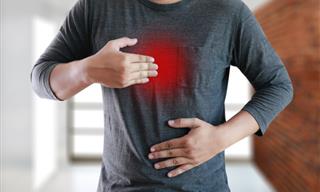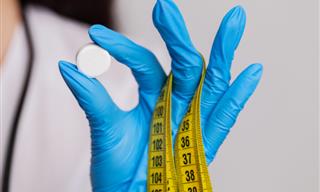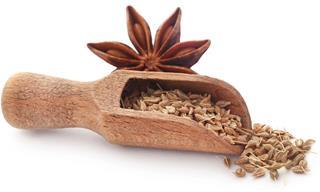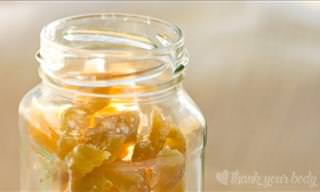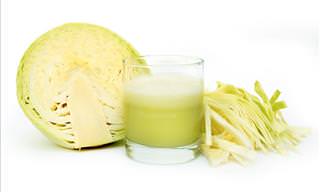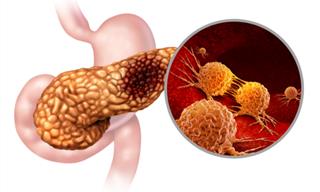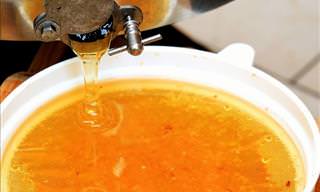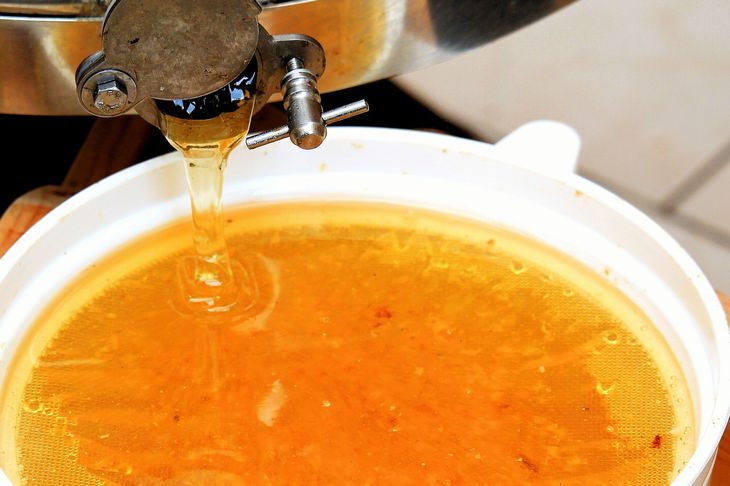
What is "regular" honey?
You've reached the shelf of honey jars at the food store, tested a few products, and finally put a selected jar in the shopping cart. You feel relaxed because the product is marked as containing 100% honey without additives. But the truth is that there are many things you aren’t aware of about the process that honey goes through from the moment it’s drawn from the hive. In this same process, which usually begins after the bees have finished storing the nectar and processing it in the hive’s honeycombs, the honey is extracted and is processed and filtered in a way that changes its composition.
The honey is pasteurized, which means that it is heated to a high temperature to eliminate the yeast in it, which allows for a longer shelf life and smoother texture. In addition, the honey undergoes advanced filtering processes designed to remove debris and air bubbles, so that the honey that reaches consumers will look clearer, transparent and attractive. These commercial and advanced screening processes have been revealed in various studies as potentially reducing the presence of healthy nutrients in honey, such as pollen, enzymes, and antioxidants.
In addition, there are manufacturers that operate without supervision and add sugar and other sweeteners at this stage, in order to increase the profitability of its sale. Along with them, there are manufacturers that pass the honey through an even more complex process called ultra-filtration, which also damages the nutrients in it. Although honey may reduce the risk of heart disease resulting from high blood pressure and cholesterol, help heal wounds and treat a cough, there is a high probability that these benefits are not as significant in regular honey as in a product called raw honey, which contains a higher amount of antioxidants, enzymes, and nutrients that are responsible for the same health benefits as noted above.
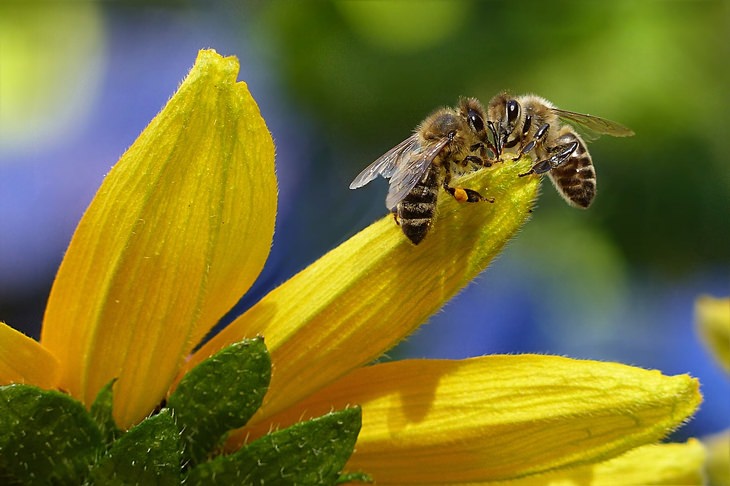
What is raw honey?
Raw honey is honey as it is held in the beehive. In other words, it is honey that, during the extraction process, is filtered through a cloth or nylon net to remove residues such as beeswax and dead bees, and then goes directly to packaging and selling. This means that raw honey does not undergo the heating, pasteurization and filtration processes used in industrial processing.
Some of the benefits of raw honey are that it contains 2 amino acids, 31 different minerals and a variety of vitamins and enzymes needed by the body, but it should be noted that these advantages are relatively negligible because the amount of these nutrients is minimal in honey. The most significant thing in raw honey is the high content of its bioactive plant compounds, which have not been affected by industrial processing. These compounds, called polyphenols which act as antioxidants, have been shown to be anti-inflammatory and reduce the risk of heart disease and cancer. In raw honey, there are, of course, no added sweeteners.
Due to the fact that the raw honey does not undergo processing that makes it more liquidous and smooth, raw honey becomes more rigid, crystallized and granular, which is also a good way to identify it. Additionally, organic honey cannot be heated and therefore, some organic honey is also considered raw.
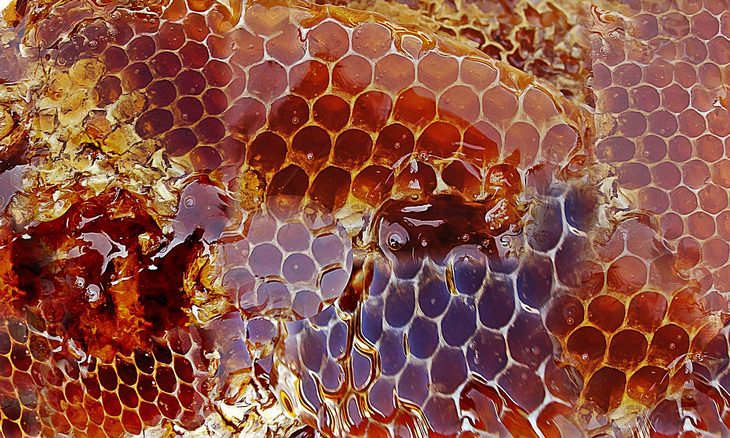
According to a study comparing the number of antioxidants in regular honey and in raw honey, it was found that raw honey has 4.3 times more antioxidants than regular honey. Further research has found that raw honey and honey with minimal processing, with an emphasis on minimal, have similar amounts of minerals and antioxidants, but raw honey has a higher number of enzymes.
Another essential difference between ordinary honey and raw honey is its pollen content. Bees pass from flower to flower and collect nectar and pollen that are taken back into the hive and reach the honeycomb - which is supposed to be the bee's own source of food. The pollen contains over 250 different nutrients, including amino acids, vitamins, essential fatty acids, and antioxidants. Pollen helps the body fight inflammation, improve liver function and reduce the risk of heart disease and stroke.
The substance was considered so nutritious that the Federal Health Ministry recognized pollen as a medicine. Unfortunately, honey processing such as heating and ultra-filtration can reduce the presence of pollen in honey, making it little more than a natural sweetener. In an unofficial study of 60 samples of commercial honey, two-thirds of them did not contain pollen.
Another important ingredient you can find in honey is an enzyme called Glucose oxidase, which helps in the production of molecules that give honey its antibacterial properties, but this enzyme is also vulnerable to honey processes such as industrial filtration and heating.

The dangers of eating honey
As is well known, it is forbidden to give honey to any infants under the age of two for fear of exposure to the toxin secreted from the Clostridium botulinum that may be found in honey, and to some extent the ban also holds for pregnant women. The risk of bacteria is present in both normal and raw honey, and therefore it is important that the populations at risk avoid consuming it. If you experience side effects such as nausea, vomiting, or diarrhea after consuming honey, although rare, you should report them to your doctor immediately.
Where can you find raw honey?
Raw honey can be found mainly in small private hives and in natural food stores under the "unfiltered and unheated" grade, and sometimes also "organic and chemical-free". Look for information and recommendations on the internet about these hives, their method of extraction and processing and the businesses where they sell their products. It's also a good idea to take advantage of a day off or a weekend getaway and take a trip to a place where honey is made, just to make sure you're getting the very best. Most importantly, be aware of the honey you put into your body and don’t forget to savor its taste.
 Go to BabaMail
Go to BabaMail









